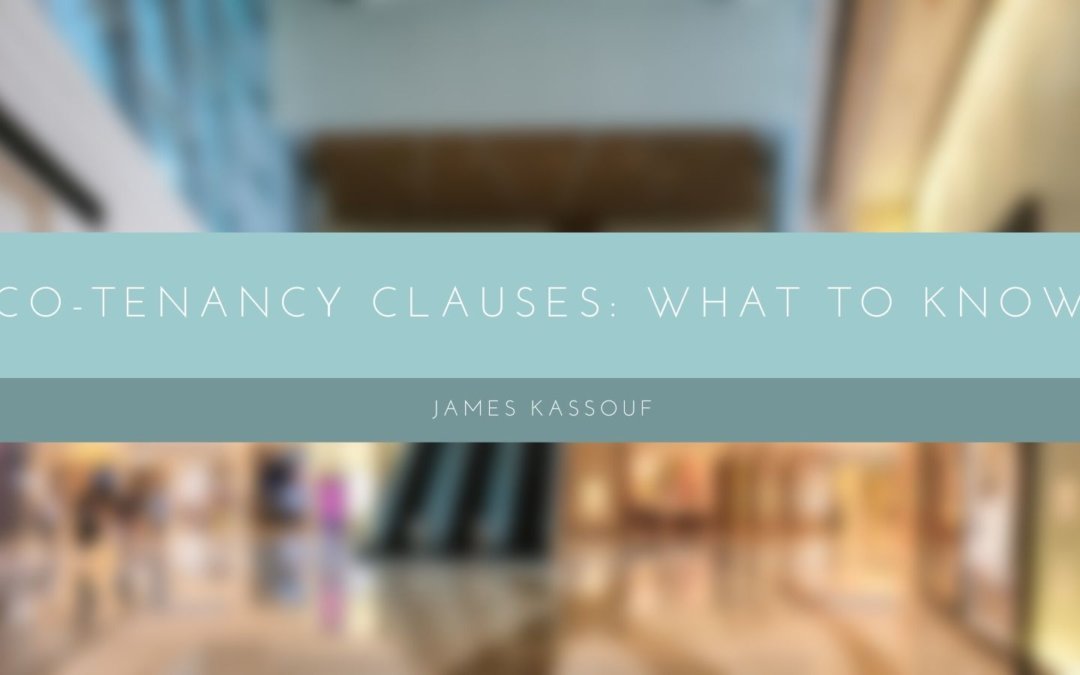What is a co-tenancy clause? It’s a vital part of retail lease agreements that, should you get into the business of retail tenancy, you should be aware of. These clauses provide rent relief or other remedies for existing tenants in a retail center, such as a shopping mall, if the ecosystem breaks due to a tenant leaving the property. Having such a clause in a retail lease agreement ensures that the entire center doesn’t collapse should an anchor store leave the ecosystem.
Take, for example, your nearest shopping mall. While there are several smaller stores throughout the building, there are likely larger department stores as well, like a Khol’s or a Sears. With the existence of these larger retail stores, smaller places like coffee shops or shoe stores might be heavily dependent on the foot traffic caused by the department stores near their locations. Should the department store leave the shopping center, the business those smaller stores receive could dwindle down drastically. This is why co-tenancy clauses exist; these clauses state that, should these larger tenants leave, the rent of the smaller businesses will significantly reduce to compensate for the loss of business.
There are three key pieces of information to keep in mind when it comes to co-tenancy clauses:
- Co-Tenancy Threshold: The language of co-tenancy clauses will vary from one lease to another, but a threshold for which the tenant can invoke the clause should always be included. If the tenant is under the threshold of operation, they are able to invoke the clause. Some clauses define the calculation of the threshold as well.
- Cure Period: Some clauses may include a cure period, which allows a period of time for the property owner to bring in new tenants and return to being above the co-tenancy threshold. If the property owner can’t bring in a new tenant or reopen existing ones within that period, the threshold is broken.
- Relief: The co-tenancy clause should also include what relief is available for the tenant if the threshold is breached.
While co-tenancy clauses are favorable for tenants, there is a clear risk in agreeing to one as a property owner. If an anchor store leaves, you could have several tenants invoke the clause at once, which will cause the property to “spiral.” There are stipulations a property owner can use to protect themselves in this event.
- Default: The language of the clause may state that tenants cannot invoke it if they default on their lease.
- Evidence: Property owners can require that tenants provide evidence of harm or a drop in sales due to the vacancies surrounding them. This can be proven through tax returns or operating statements.
- Multiple Remedies: The clause can also include limitations on the remedies available to the tenant should they invoke the co-tenancy clause. For example, property owners could choose to either reduce rent or give the tenant the ability to terminate their lease, rather than offering both.
Ultimately co-tenancy clauses are there to provide security for tenants. They ensure that balance in the retail ecosystem isn’t thrown into upheaval due to an anchor store leaving or many vacancies. Whether you’re a business owner looking to open a store in a retail center or a property owner about to negotiate a lease with a business owner, being aware of what co-tenancy clauses and what they entail is crucial to making sure everyone gets a fair bargain.

